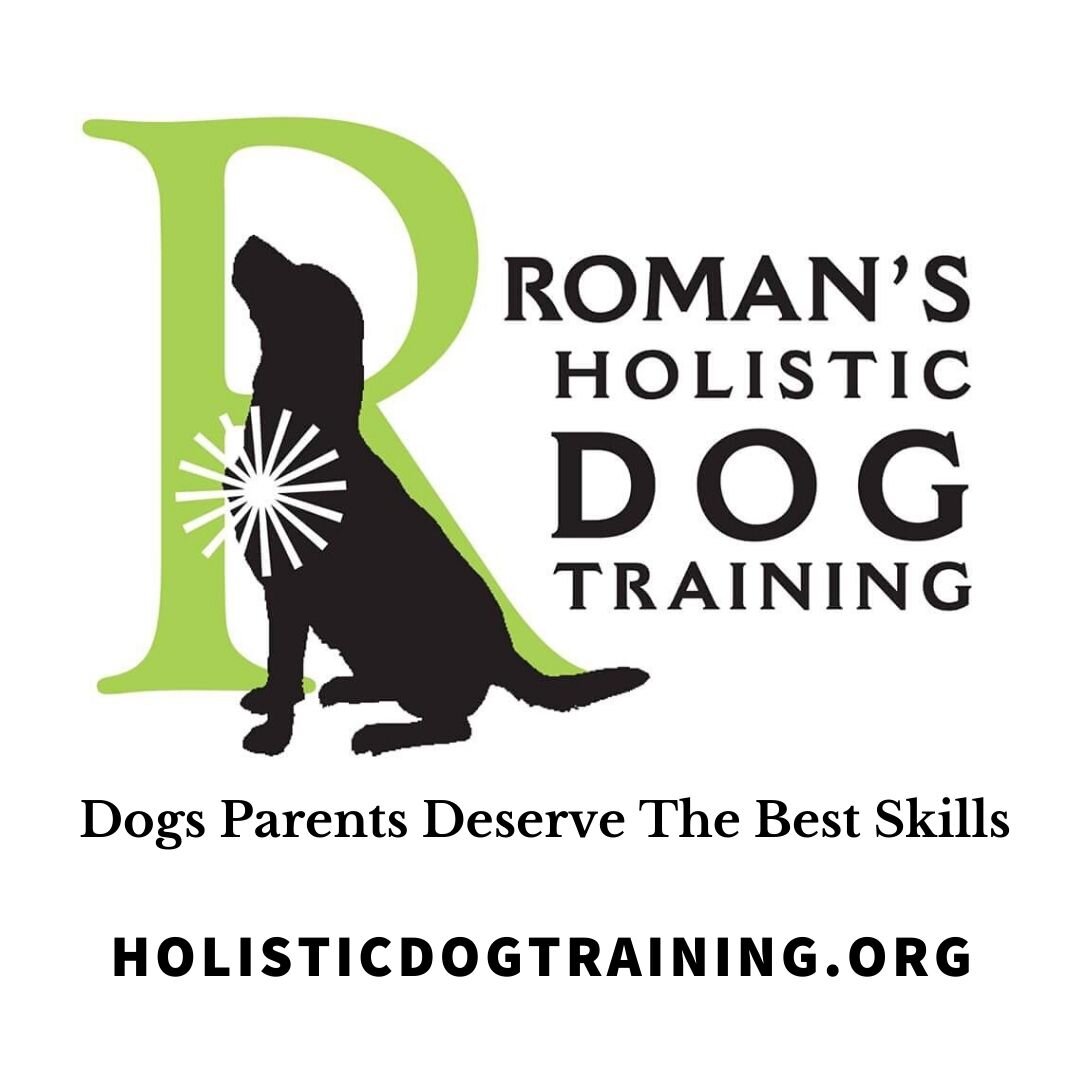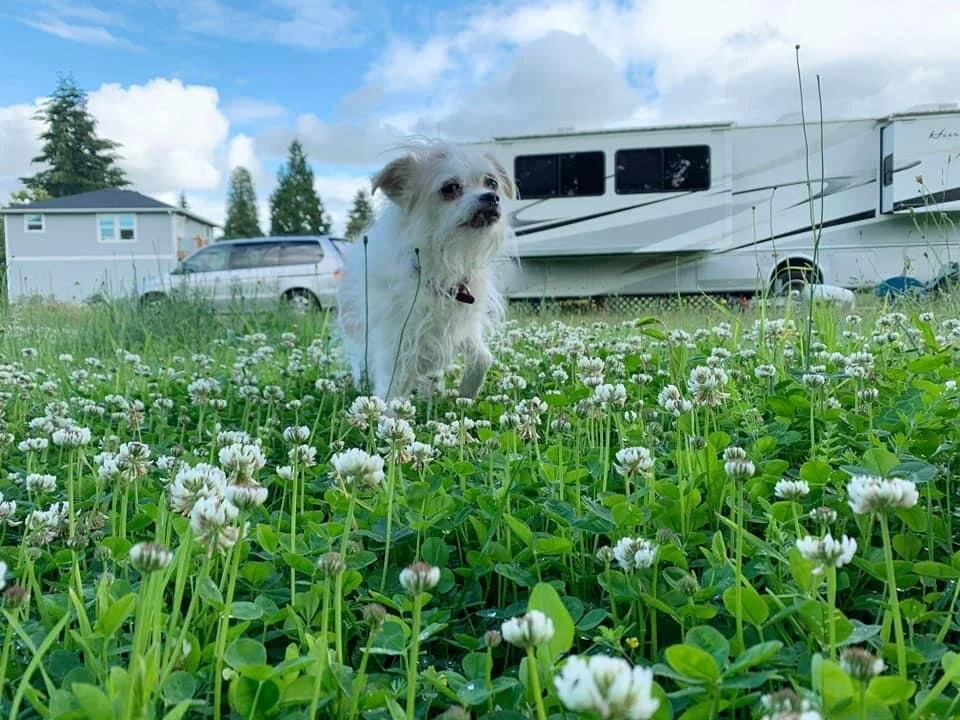"Protocol for Relaxation"
by Karen Overall provides a comprehensive guide for behavior modification in dogs and cats. Here are some key highlights from the document:
Introduction: The protocol is a foundational behavior modification program applicable to both dogs and cats. It emphasizes that behavior modification is a set of exercises leading to changes in behavior, which can be practiced for various durations depending on what works best for the pet and the owner. It's important not to feel burdened by the program and to work at the pet's pace for better results. The protocol can also serve as a preventative program for puppies and kittens. (Page 1)
Starting Out: Before starting the program, it's crucial to recognize a relaxed facial and body expression in the pet and reward it. The technique of "shaping" is suggested, where behaviors closer to the desired outcome are continually rewarded. It's important not to force the program if the pet shows signs of distress. (Page 1)
Description of the Protocol for Relaxation: The protocol aims to teach the pet to relax, attend to the owner for cues, defer to the owner, enjoy earning rewards for desirable behavior, and develop a pattern of calm, relaxed behaviors. The program's circumstances change from reassuring ones to potentially more stressful ones. (Page 2)
Food Treats: The program utilizes food treats as rewards, not bribes. It's important to find a treat that the pet likes but doesn't get all the time. Guidelines for choosing treats are provided, including considerations for pets with dietary restrictions. (Page 2)
Understanding the Reward Process: There's an art to rewarding pets with food treats. The treats should be small, and the process of giving the treat should be quick and associated with positive reinforcement. (Page 2)
Getting the Dog’s Attention: If the pet doesn't respond to commands, it's advised not to keep repeating the command without reinforcement. Various techniques are suggested to get the pet's attention, including using a whistle or making an unusual sound. The importance of tone and approach is emphasized. (Page 3)
Cautionary Note: For aggressive dogs or situations where the caregiver feels afraid, it's advised not to do the exercises off-lead until the dog is perfect on-lead. Working with a behavior consultant or veterinary professional is recommended in such cases. (Page 3)
Need Help?
If you need help evaluating your pet's behavior, consider consulting with a trauma-informed behavior consultant.







